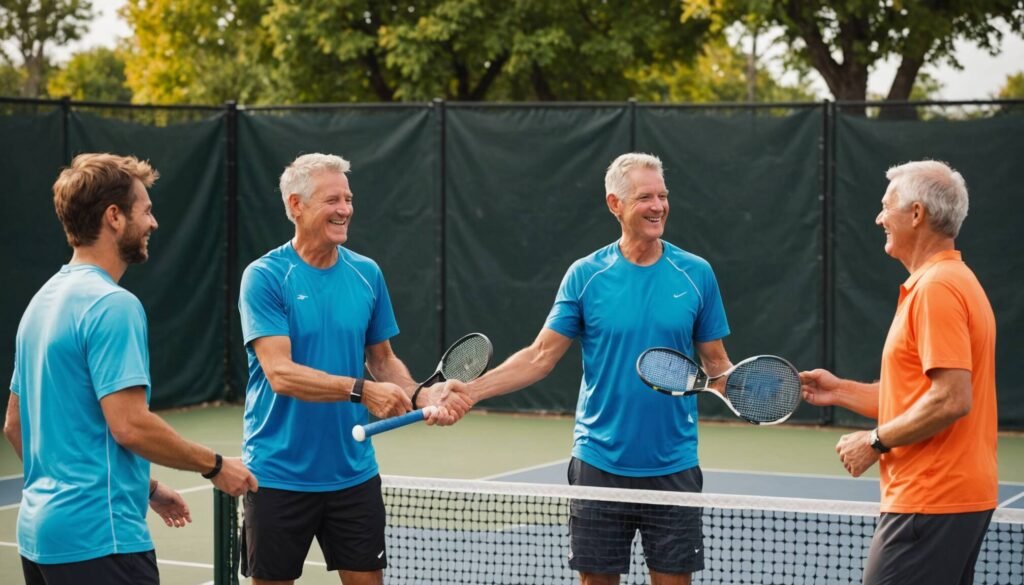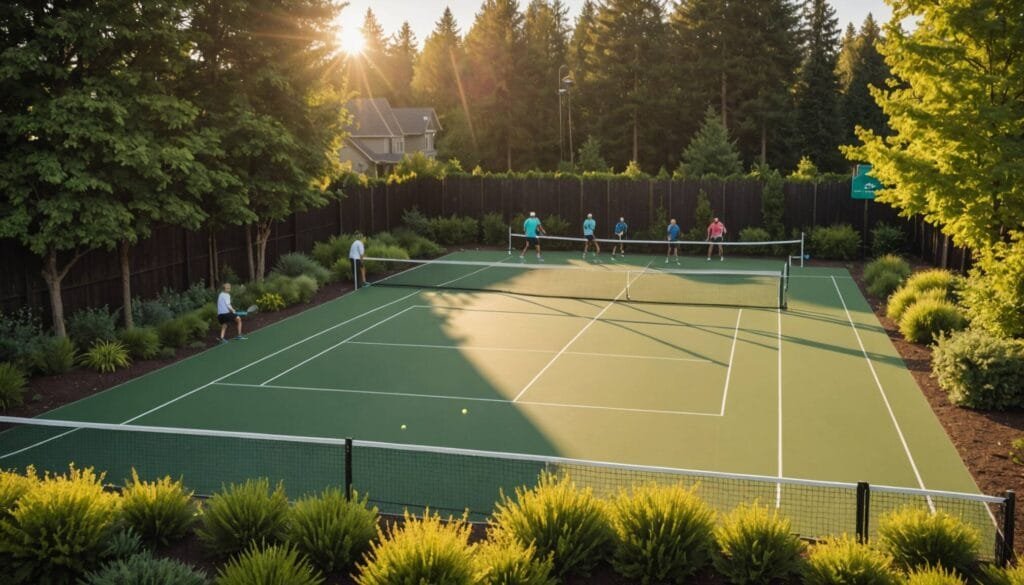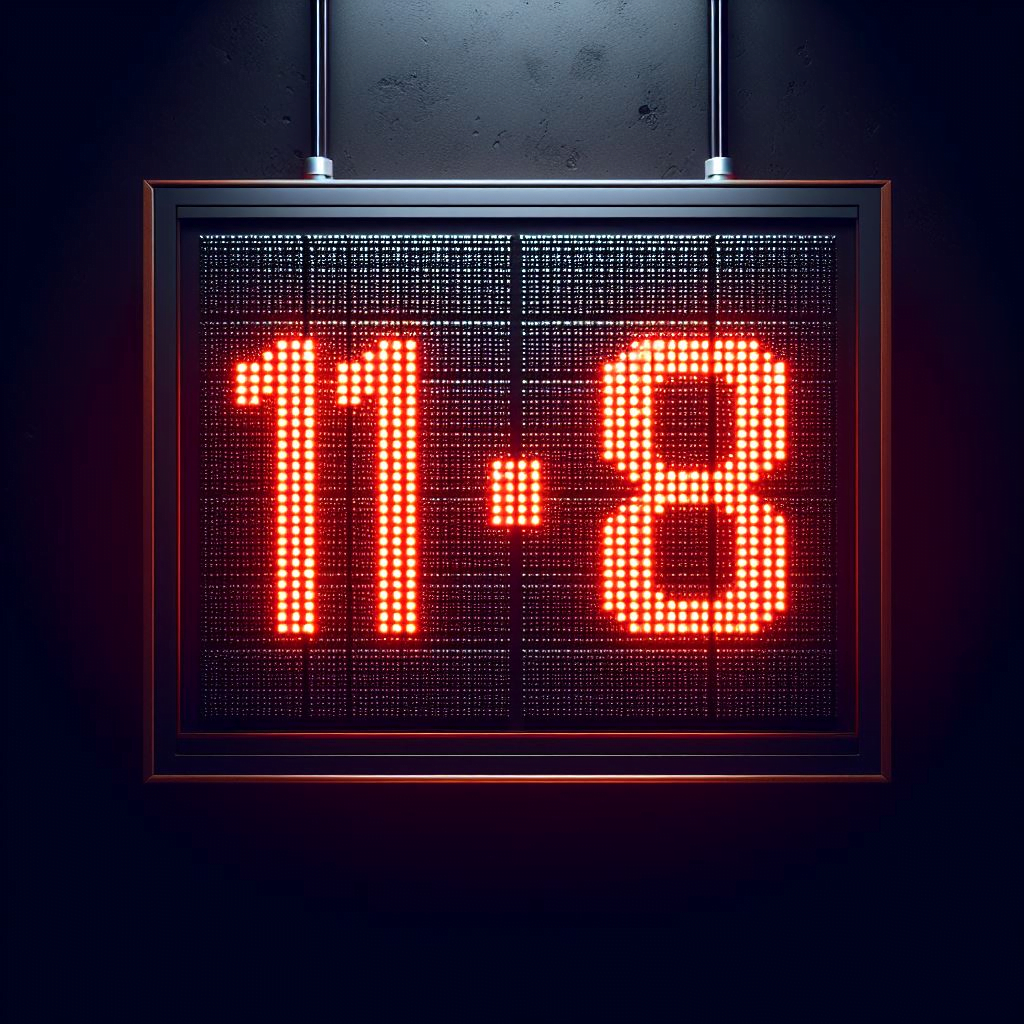The Politics of Open Play in Pickleball: Navigating Fairness and Community
Pickleball, the fast-growing sport that has taken the nation by storm, is often touted for its friendly and inclusive nature. However, as with any popular activity, it’s not immune to occasional conflicts, especially when it comes to the delicate balance of open play. A recent incident at a youth center in Coral Gables, Florida, highlighted the complexities that can arise when different expectations clash on the pickleball court.
The Great Paddle Rack Debate
The City of Coral Gables recently implemented open play sessions for pickleball at the local youth center on Tuesdays and Thursdays. What was intended to be a harmonious gathering of enthusiasts quickly became a battleground over the seemingly simple matter of turn-taking. The center employs a paddle rack system, where players place their paddles in a queue to secure their spot in line, coupled with a “4 on, 4 off” rule to keep games moving efficiently.
This system, defended vigorously by the court monitor, is reportedly modeled after the practices in Naples, Florida – often referred to as the unofficial pickleball capital of the state. Naples hosts the U.S. Open Pickleball Championships, dubbed the “biggest pickleball party in the world,” lending credibility to their methods.
To verify this claim, I reached out to the North Campus of the Naples YMCA. The receptionist confirmed that they indeed use a similar 4 on, 4 off system, with the only difference being the use of a whiteboard instead of a paddle rack. This revelation underscores how even the minutiae of open play organization can vary from place to place, potentially leading to confusion or disagreement when players from different areas come together.
The Fairness Dilemma in Open Play
The crux of the conflict at the Coral Gables youth center stemmed from a group’s desire to play as a consistent team of four against another team of four. The presence of individual players disrupted this preference, as it often meant breaking up pre-formed groups to accommodate everyone fairly. This scenario perfectly encapsulates the central tension in open play: balancing the wishes of established groups with the need to include all participants equitably.
It’s understandable that friends want to play together, especially if they’ve developed a rapport or strategy as a team. However, the essence of open play lies in its inclusivity. If the system always catered to pre-formed groups, individual players would find themselves perpetually sidelined, defeating the purpose of community-oriented sessions.
For those adamant about playing exclusively with their chosen group, many facilities offer court reservations for a fee. Open play, by contrast, is designed to foster a sense of community and give everyone – regardless of their arrival status – a fair opportunity to participate.
The Wider Perspective: How Open Play Works Across the Country
Curious about how other communities manage open play, I turned to the vibrant pickleball community on Reddit for insights. The consensus seems to align with the Coral Gables approach: the 4 on, 4 off system is widely adopted across the country. However, flexibility is key, with many locations adapting the rule to 2 on, 2 off during less busy periods. Some courts even allow winning teams to stay on if the waiting list is short, adding a competitive edge to the rotation.
This variety in approaches reflects the evolving nature of pickleball etiquette. Unlike tennis, which has had decades to establish and refine its social norms, pickleball is still in a phase of rapid growth and adaptation. This fluidity can lead to misunderstandings or conflicts, but it also presents an opportunity for the community to shape the sport’s culture collectively.
The Importance of Etiquette in a Growing Sport
As pickleball continues to explode in popularity, the importance of establishing and adhering to a common set of etiquettes becomes increasingly crucial. While the specific rules of open play may vary slightly from one location to another, the underlying principles remain constant: fairness, inclusivity, and respect for all players.
The Dos and Don’ts of Pickleball Etiquette serve as a valuable guide for newcomers and seasoned players alike. These unwritten rules help maintain a positive atmosphere on the courts and ensure that everyone can enjoy the game, regardless of skill level or familiarity with others.
Key aspects of pickleball etiquette include:
- Respecting the established rotation system, whether it’s a paddle rack, whiteboard, or another method
- Being willing to mix and match with different partners and opponents during open play
- Maintaining a positive attitude, even when faced with unexpected pairings or wait times
- Offering encouragement and support to less experienced players
- Adhering to the agreed-upon time limits or score caps for games during busy periods
By embracing these principles, players contribute to a welcoming environment that reflects the sport’s reputation for friendliness and accessibility.
Resolving Conflicts and Moving Forward
The incident at the Coral Gables youth center ultimately resolved peacefully, with other players stepping in to support the court monitor and uphold the established system. This outcome underscores the power of community self-regulation in maintaining order and fairness on the pickleball courts.
Moving forward, it’s essential for pickleball communities to engage in open dialogues about their open play systems. Regular players might consider forming an advisory group to work with local recreation departments or facility managers to refine and communicate open play rules. Clear signage explaining the rotation system and basic etiquette can help prevent misunderstandings, especially for newcomers or visitors from other areas.
Embracing the Spirit of Pickleball
At its core, pickleball is about more than just winning games or playing with a preferred group. It’s about building a community, staying active, and enjoying the camaraderie that comes with shared passion for the sport. The open play system, with its emphasis on mixing players and giving everyone a chance to participate, embodies this inclusive spirit.
As the sport continues to grow, it’s up to each player to contribute to a positive culture. This means being flexible, patient, and open to new experiences and partnerships on the court. By approaching open play with a mindset of shared enjoyment rather than personal preference, players can help ensure that pickleball remains the welcoming and fun activity that has fueled its remarkable popularity.
A Guide for Newcomers: Understanding Open Play
For those new to pickleball or unfamiliar with the concept of open play, here’s a brief explainer:
Open play in pickleball refers to sessions where courts are available for all players, regardless of skill level or pre-arranged groups. The goal is to provide equal opportunities for everyone to play and mix with different partners and opponents. Here’s how it typically works:
- Players sign up for a turn, usually by placing their paddle in a designated area or adding their name to a list.
- Games are formed based on the order of sign-up, often using a system like “4 on, 4 off” where four players rotate onto the court while four rotate off.
- Partners and opponents are typically determined randomly or by the order in the queue, encouraging players to mix and meet new people.
- Games may have a set time limit or point cap to ensure fair rotation, especially during busy periods.
- Players are expected to be flexible and willing to play with and against various skill levels.
Understanding and embracing the open play system allows newcomers to fully participate in the pickleball community and experience the diverse and welcoming nature of the sport.
Conclusion: It’s Not All About You
The politics of open play in pickleball serve as a microcosm of broader social interactions. They remind us that in community settings, individual preferences sometimes need to take a backseat to the greater good. The paddle rack debate in Coral Gables illustrates that even in a sport known for its friendliness, conflicts can arise when personal desires clash with established systems designed for fairness.
Ultimately, the success of open play – and by extension, the continued growth and popularity of pickleball – depends on players’ willingness to embrace the spirit of inclusivity and community. By remembering that it’s not all about individual preferences, but rather about creating a space where everyone can enjoy the game, players contribute to the positive atmosphere that makes pickleball special.
As the sport evolves, so too will its customs and etiquettes. The key is to approach these changes with an open mind, a respect for diverse perspectives, and a commitment to the fundamental values of fairness and fun that define pickleball. After all, at the end of the day, we’re all there for the love of the game – and that shared passion is what truly brings the pickleball community together, one dink at a time.



